Link
GameSpot: Fallout 76: Vault 76, Trailer, Release, And Everything We Know About Bethesda's New Game.
2 notes
·
View notes
Link
1 note
·
View note
Link

We were recently lucky enough to be in the front row at star Mads Mikkelsen’s exclusive chat at London Film and Comic-Con. Whilst there, he dropped a few hints about his role as villain Kaecilius oppositeSherlock sensation Benedict Cumberbatch in Marvel’s upcoming mindbending adventure Doctor Strange. This is what we picked up…
You can expect an upgrade of the character
Created by Stan Lee and Steve Ditko and originally appearing in March 1965 in Strange Tales #130, sorcerer Kaecilius only appeared intermittently throughout Doctor Strange lore, emerging as a disciple of Baron Mordo (played in the movie by Chiwetel Ejiofor). In fact the character hasn’t made a comic book appearance for 34 years, so he’s ripe for reinvention and a new dose of intensity – and that’s exactly whatCasino Royale’s villain extraordinaire Mikkelsen is promising.
“The story of the film is obviously based on the Doctor Strange characters,” he says, “but at the same time when you make a film you have to find your own way through that story. So Kaecilius is much bigger in this story – he’s really cool.”
Mads shares a family connection with old Benedict…
Don’t forget that Mads’ brother, Lars Mikkelsen, played the ruthless mastermind Charles Magnussen in two episodes of Sherlock. So the former was delighted to announce to his sibling that he would playing opposite the hottest British actor of the moment.
“I told [Lars] that I was going to work with Benedict,” Mikkelsen recalls, “and he was just over the moon because he loved working with him. And he was right: Benedict is a fantastic, wonderful man to work with, very talented, just a delight to work with.”
He’s loved Doctor Strange since a young age
“Yes, I read them as a kid,” Mikkelsen admits, “but as you’re well aware they were very different from other comic books. Also for a kid who was 7 years old, they were a little weird, but fascinating too.”
He’s a geek at heart
As one of the newer incumbents to the Marvel Cinematic Universe, you might expect Mads to select Iron Man, Thor, Hulk or one of their compatriots, right? Well you’d be right – sort of…
“My first big love when I was a kid growing up was Spider-Man,” he recalls. “He was so cheeky and we loved him, he was young like a kid and we identified with that.”
But that’s only half the story as Mads then reveals a love for a certain horned anti-hero. “Later in life, I’ve really come to love Hellboy,” he explains, the character of course immortalised on film by Ron Perlman in two Guillermo del Toro movies.
Doctor Strange is released on 28th October.
123 notes
·
View notes
Photo

Added to my reading material. Today on #MyBookshelf,Too!
1 note
·
View note
Photo






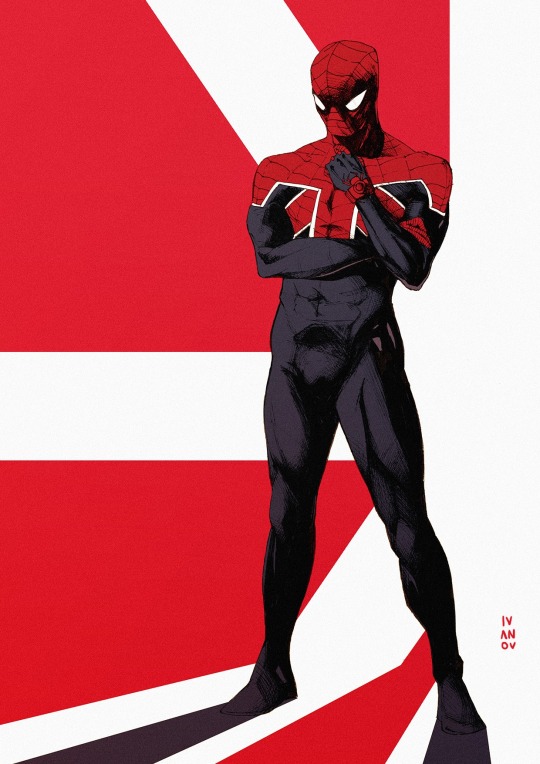



AMAZING!!! Artwork of 12 different universes of Spider-People! Submitted by Tumblr User: Dima Ivanov
Take a look at THIS!!!
31K notes
·
View notes
Note
Can you please recommend/tag any other Marvel creators Tumblr accounts please so we can follow them? I'm not even sure what to search for.
if you search on any name you’re interested in the site or sites usually come up. almost every artist i work with is here…
@sarapichelli
@davidmarquez
@alexmaleev
@valerioschiti
@mattfractionblog
@kellysue
@kristaferanka
@kierongillen
@dustinweaver
@drdavidmrmack
@oeming
@joequesada
@samhumphries
429 notes
·
View notes
Link
1 note
·
View note
Text
The Editing Agenda: Adding Layers

Once you’ve finished your first draft and you’re ready to delve into the editing process, one of the first things you should tackle is adding layers. Layers make every great story come to life. They make a well-rounded character realistic, a plot and its details that much juicier, and they have a way of making the final pieces of the puzzle fall into place. And while there is definitely a time and a place for punctuation, grammar, and all things syntax, without layers, your story will always fall flat. So where should you start?
Plot
While there’s really no right or wrong answer to that question, the place I tend to start is overall plot. Take a look at your outline, timeline, storyboard, or whatever you have in the way of notes for your story, and review the major plot points. Don’t have an outline? I strongly suggest making one at this point. It will help you weed out any inconsistencies in your plot, and it will become increasingly crucial in tightening your story. Once you have a rough outline in place, ask yourself these questions:
Does the plot make sense?
Is there a clear beginning, middle, and end?
Does the first two-thirds of the book build tension and conflict?
Do the subplots make sense? Do they make sense on a timeline?
Are there any inconsistencies, particularly with placement and foreshadowing?
Those may seem like rudimentary questions, but if the answer to any one of these is no, you have some corrections to make before you begin adding in layers to the plot. As anyone who has ever attempted to write a book can tell you, a solid foundation is immensely important to a writing a successful book. Without it, your work will break down and eventually cave in on itself like a house of cards, leaving you both frustrated and discouraged.
After you’ve made any necessary revisions and can answer yes to all of those questions, it’s time to add more layers. For plots, this means adding additional subplots, minor conflicts that will build more tension along the way. But don’t add conflict in haphazardly. Each subplot that you add MUST contribute to the overall plot or character development. If it doesn’t, it’s fluff, and it doesn’t belong in your masterpiece-in-the-making.
Characters
When you’re done tackling the plot, it’s time to move on to characters. Again, it’s always a good idea to keep a catalog of all your characters and their bios. There are a lot of writing programs out there that can help you with this if, like me, you like to keep things organized electronically, but plain old index cards work just fine too. Whatever your method, keep your character notes handy. You’ll need this during the editing process both for fact-checking and for layering. If you need help with writing character bios, I highly recommend using scribbledwriting’s character analysis worksheet. It’s got just about every question you could ever imagine on it.
After you’ve gathered all your character notes, use your outline to go through your book piece by piece and find your weakest characters, the ones who should stand out but don’t, or the ones who just don’t seem realistic enough. Those are the ones you’ll want to focus on. Pull their character charts, and pick a handful of dominant traits that you know you want to use in the story or that should be focused on in the plot. Then ask yourself these questions:
What does this character want and why?
What sacrifices are they willing to make to get what they want?
What obstacles does this character have to overcome along the way?
Is this character successful, or do they fail?
How does this character change along the way?
By understanding what drives your characters and using their traits to affect their actions, you’ll be able to layer in scenes that reflect that and further develop them, making them more realistic to the reader. Dialogue is a great way to do this, and occasionally so are thoughts or backstory. But again, when you add in scenes, it’s important to keep only those that propel the plot or the character. Anything else would likely be seen an as info dump.
Environment and World-Building
Next is environment and world-building. This is my favorite part of the layering process, mostly because it gives the author a chance to really shine and bring to life the world they’ve created. Even if your story takes place in a real location, you still have to make the events of that location believable, and that’s where environment and world-building come in.
The first step is to, yet again, dig up any notes you have about the world you’re dealing with. If it’s a real location, pull actual blueprints if you can find them, dig up articles about the kind of plants and trees that grow there, the weather, and the general atmosphere of that area and the surrounding ones. If your location is made-up, create a list of guidelines, rules, and/or any laws of physics that may come into play. Now it’s time for the questions:
Do the rules of this world make sense?
Are the rules consistent with each other and with the plot?
If a character breaks a rule, can it be justified in the plot?
Is the world easy to picture? Are there enough descriptions?
Does each location serve a purpose
If you answered no to any of these, it’s time to go back and rework the environment, or perhaps the rules involving it. Consistency is by far the most important thing since it’s the thing readers will probably call you out on first. If you make a rule, stick to it. If you have a character that breaks it, it should be justified. And each location you mention in your story should absolutely serve some purpose in the overall plot. After all, you want to relay the events in your book that matter the most. Most readers don’t like consuming empty calories.
Once your answer is yes to all the questions, you get to my favorite part—the incredibly artistic part—of writing fiction. You can add layers by bringing in new vivid descriptions and extra details to areas that were previously lacking them. One of the best ways to do this is through the eyes of the characters, describing the environment and objects when they first come across them, slowly adding more detail bit by bit as the scene unfolds. This part of the layering process is a lot like painting a picture—probably another reason why it’s easily a favorite of mine. Just remember, there is a line with adding description that you don’t want to cross. Too much detail or wordiness will leave your world looking more like a toddler’s finger painting than a Picasso masterpiece.
Backstory and Final Touches
After you’ve made it through all the other stages of layering, you’re ready for the final step: finishing touches. This including weaving in a bit more backstory and any other last minute details that help put the final pieces of the puzzle together. The best way to do this is to examine the story scene by scene (a storyboard comes in handy for this one), breaking it down into chunks. You can then add in any remaining details that you wish, but please do so sparingly, or you’ll be left with—yep, you guessed it—fluff. Too much frosting on a cake, and you can no longer taste the cake.
672 notes
·
View notes
Photo

The Hero We Need
A piece created by Rebekka Dunlap for the Hazlitt article “The Hero We Need” explaining the origins of Wonder Woman.
114 notes
·
View notes
Photo

The walls of Jericho fall, by Jack Kirby
This is a 100% percent accurate rendering of the Biblical event. God has some pretty fucking awesome shoulder mounted rocket launchers.
109 notes
·
View notes
Note
By any chance did you read the recent Magneto #21? There are flashback moments that I recognize (Uncanny X-Men #1, X-Men #1, X-Men #25). But do you know where the rest of the flashbacks are from?
Bunn and Walta did a fantastic job on the final issue. I have not been all that interested in the Last Days of Magneto issues, but this one was worth it. I do want to know where Bunn is going to take him after this.
I know all of them, except for the Avengers panel. I’ll break them all down for the audience.
The place where it all started; Uncanny X-Men 1.
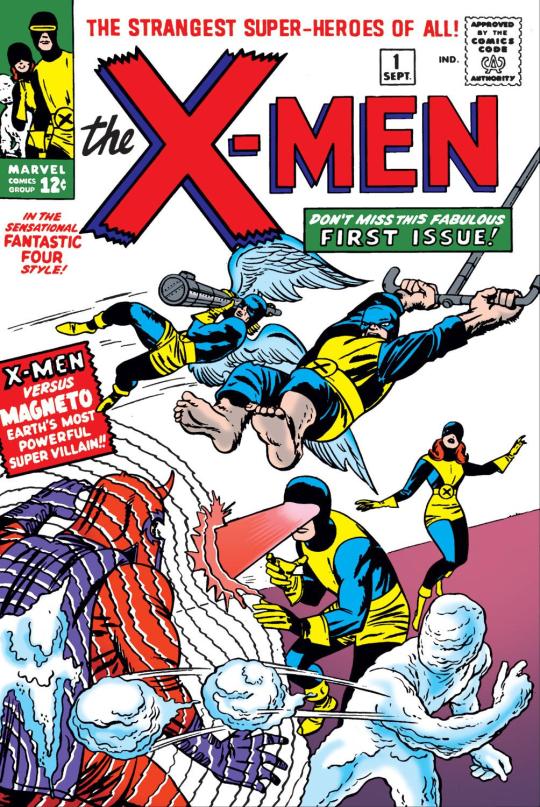
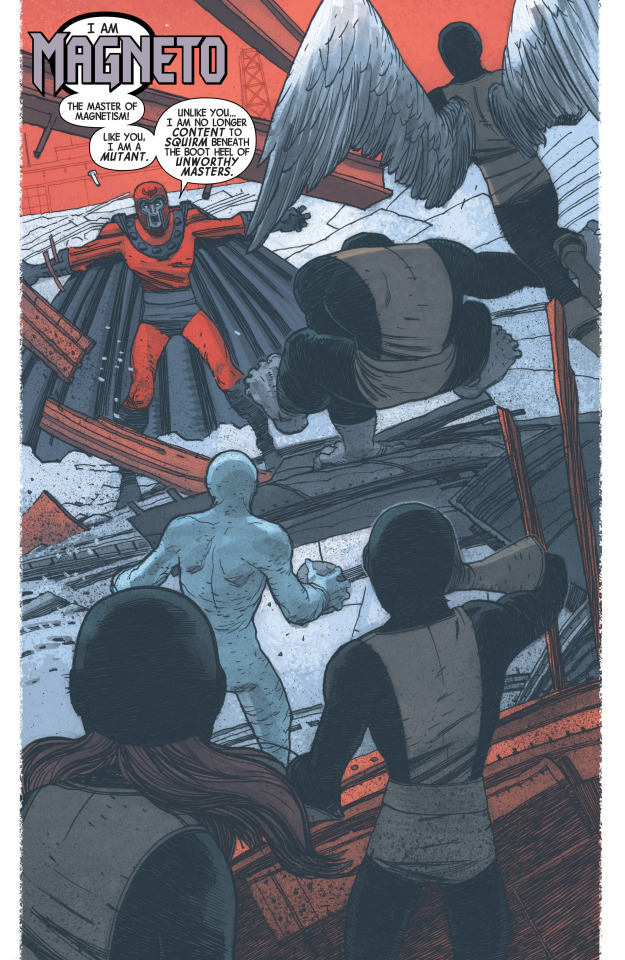
Then you’ve got Uncanny X-Men 150, where Magneto sinks the Leningrad. This is probably his most called out, treacherous act.


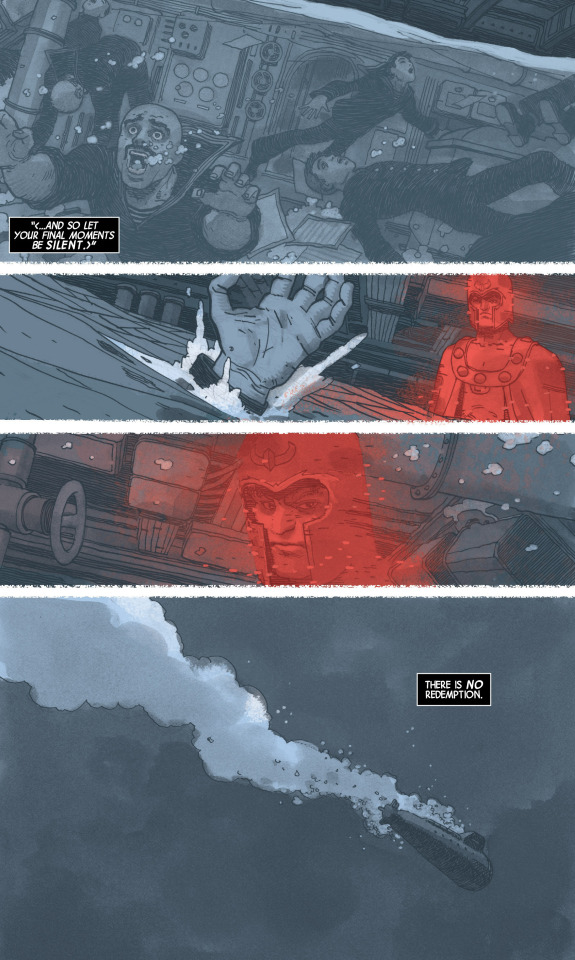
I am not sure about the Avengers issue. My first guess would have been Avengers West Coast 87, but Thor was not part of that team. It might be from Avengers 234. I have just the most rudimentary knowledge of anything Avengers related, that takes place before Heroes Reborn, so I’m taking a shot in the dark

X-Men 1

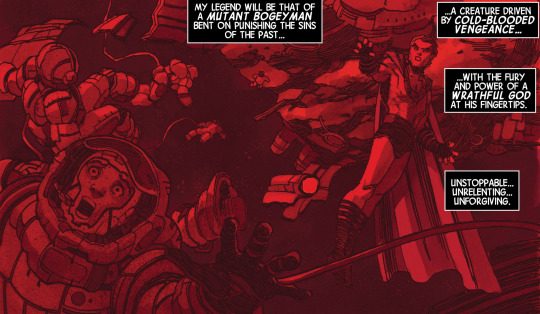



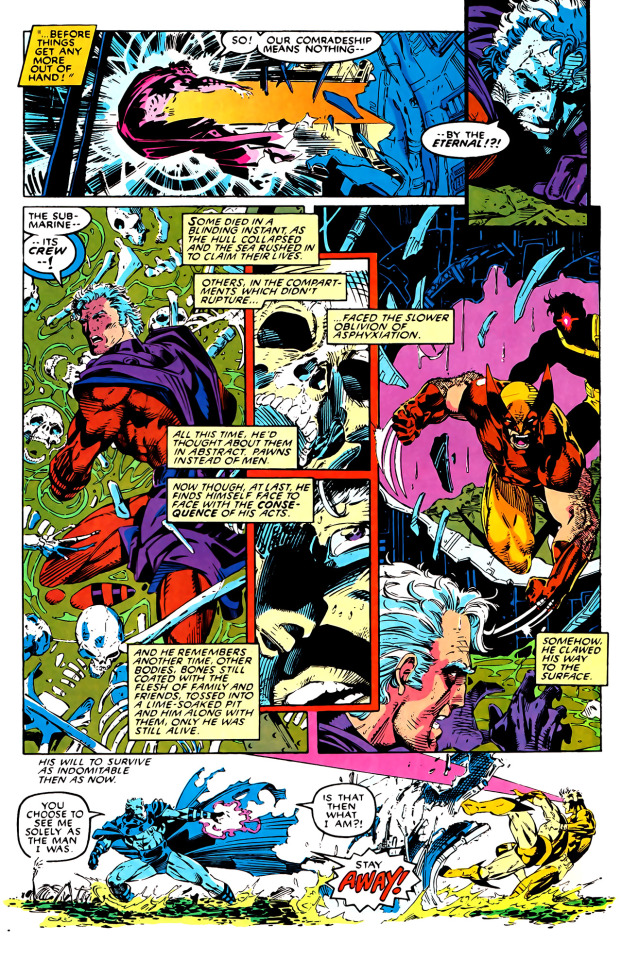
X-Men 25, was the day Magneto tore the metal from Logan’s body. Professor X would in turn wipe Magneto’s mind, leading to the creation of Onslaught. Colossus also switched sides to Magneto’s cause, becoming an Acolyte.

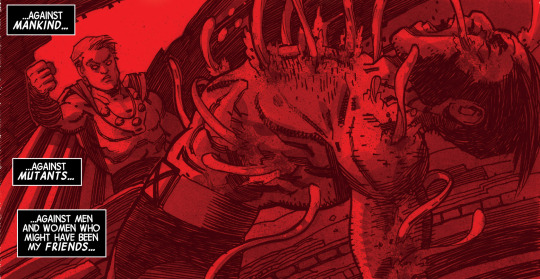

Magneto was ceded control of Genosha, during the finale of the Magneto War, in X-Men 87.


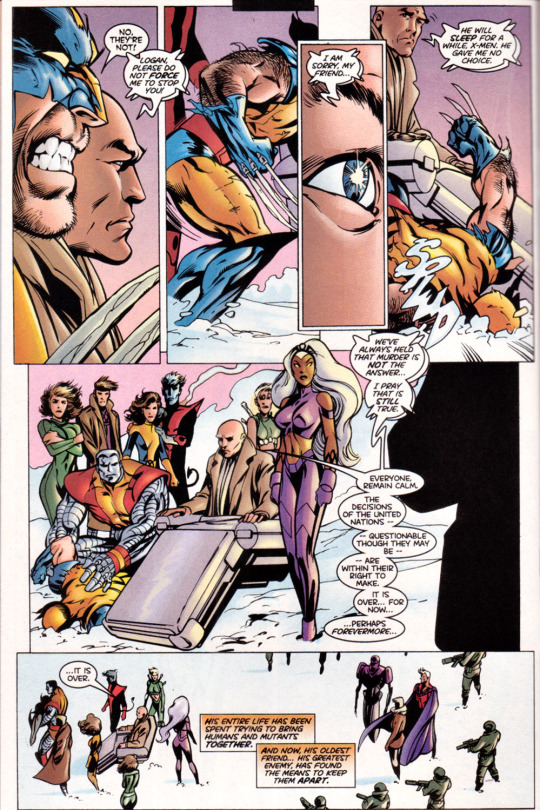

100 notes
·
View notes
Photo
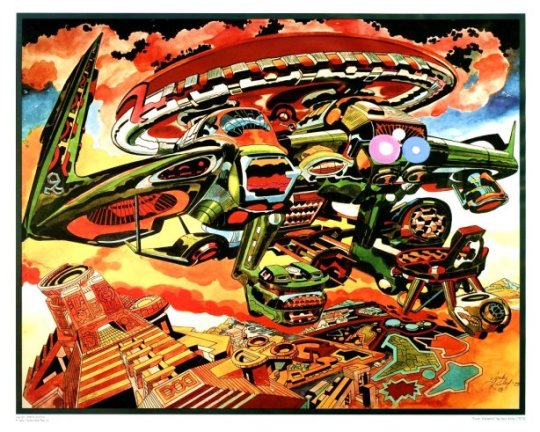
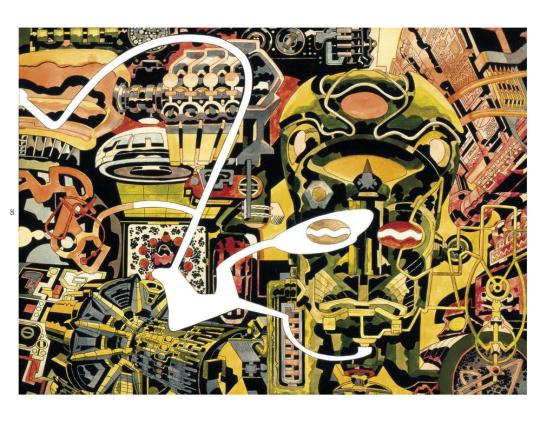
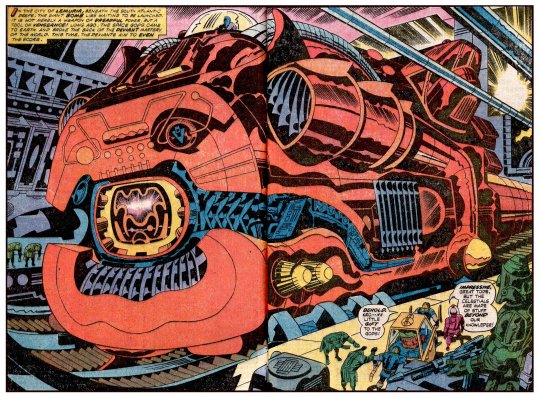

I would love to see an animation house develop a feature film with Kirby aesthetics. Mostly traditional, but with a hint of CGI to spice it up. Make it a story about gods from the stars working on their universal canvass.
140 notes
·
View notes
Photo


Hey comics, lets save words like genius for astrophysicists and folks like Jack Kirby. Happy birthday to the King.
663 notes
·
View notes
Photo
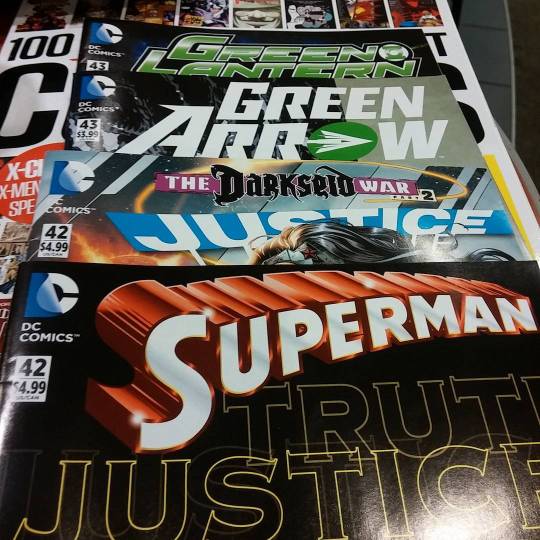
Are the changes in DC titles bringing out the best in comic books? #OnTheGeekBeat with all those interesting questions!
1 note
·
View note
Link
0 notes
